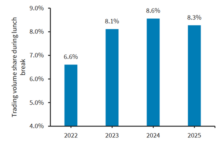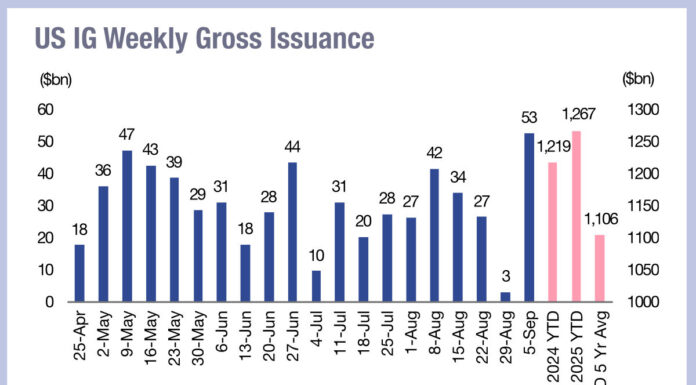Mandatory central clearing is expected to make the market safer and more resilient. But there is a catch. The new regulations – set to come into effect 2025-2026 as set forth in the final SEC rule – will also make trading more expensive and potentially dampen trading volumes.
These sentiments come from responses to a Coalition Greenwich survey which interviewed practitioners from four of the top five Treasury dealers by revenue, the largest pension funds, asset managers and hedge funds in the world by assets, and some of the largest non-bank Treasury market liquidity providers.

“Despite the expected increase in costs, the majority of respondents believe that clearing will make the market safer and more resilient in times of stress, reducing systemic risk and contagion risk. This aligns with the SEC’s goal in implementing the clearing rule,” said Kevin McPartland, head of research at Coalition Greenwich market structure and technology, and author of The Impact of Treasury and Repo Clearing Mandates: The Industry View.
Since the rules were finalised by the SEC in December 2023, market participants have tried to predict the impact of the new regulations. These market participants largely agree that clearing will increase costs with the majority of respondents (more than 70%) expecting the cost of trading to rise due to new margin requirements and clearing fees.
Around 85% of respondents believe increased margin costs could cause them to reduce their trading activity in the market and finally, clearing will, despite some potential negatives, improve market safety and resilience.
Study participants believe the move to central clearing will not affect all market participants equally which could lead to a shift in market dynamics and potentially alter the competitive landscape. “Market participants expect dealers and trading venues to come out as winners from central clearing, while hedge funds and non-bank liquidity providers may find a harder road ahead,” McPartland noted.
The impact clearing will have on liquidity is less clear, according to those surveyed. The buy side generally expects liquidity to improve, whereas the sell side is more bearish.
Also notable are respondent views that the US Treasury and Federal Reserve will be winners, in large part because of the reduction in systemic risk and additional transparency clearing will bring to the most important market in the world.
Trading venues are also seen as potential winners in the move to clearing. The majority of US Treasuries already trade via a trading venue, accounting for 58% of total market volume, according to Coalition Greenwich data. So, while clearing isn’t likely to increase electronic trading, it could have an impact on the makeup of that trading volume.
©Markets Media Europe 2024
©Markets Media Europe 2025













